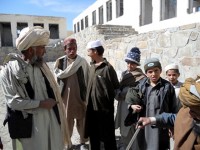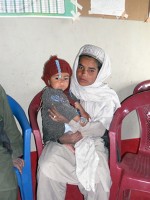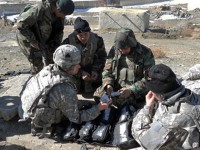Written by By U.S. Army Staff Sgt. Todd Christopherson
Task Force Currahee Public Affairs
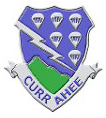
 Paktika Province, Afghanistan – A pair of siblings ages 1 and 10 smiled, quietly walked into the room where medical care providers waited March 15th.
Paktika Province, Afghanistan – A pair of siblings ages 1 and 10 smiled, quietly walked into the room where medical care providers waited March 15th.
The older brother held out the hand of his younger brother to display a severe thermal burn, a common hazard for life in the village.
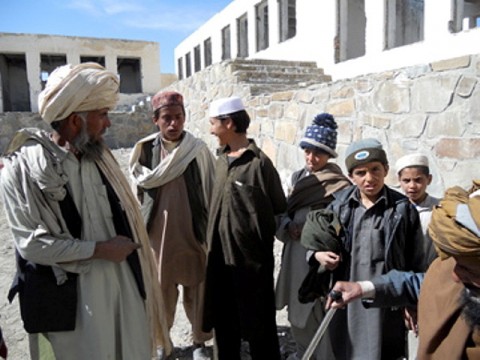
Soldiers from 4th BCT partnered with medical personnel from the Afghan National Army to create the Combined Medical Assistance Team with a mission to bring medical care to the remote village of Marzak. With the ANA in the lead, the CMAT helped ANA medical personnel treat villagers, some of who have never seen a doctor before.
“That this is going on in these remote villages, is a goal of the program,” said DeBarros. “(It’s about) empowering (the ANA) and getting them out there to see they (can) take care of their people.”
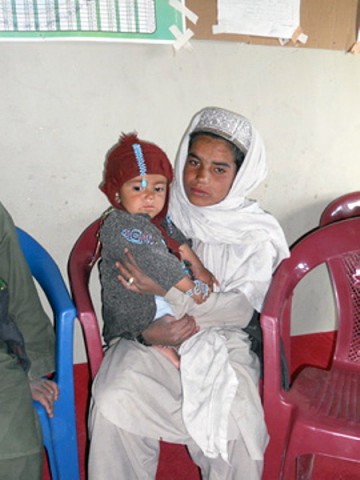
Another key aspect of the CMAT program is to teach and develop the ANA Medical Corps and give them the skills needed to provide medical care long after coalition forces leave Afghanistan, said DeBarros.
“Working and learning with the coalition has made me a more effective doctor for my fellow Afghans,” said Afghan Maj. Muhammad Twahir, a doctor in the ANA. “(We are using) new techniques and providing medical help and services in the areas where there is no proper clinic or hospital.”
The opportunity brought a new perspective for the ANA medical team and the U.S. personnel.
“This really was an eye- opener for (the ANA),” said DeBarros. “Most of these guys are from the city and have never seen anything like this before.”
“We saw people from the moment we opened the door until the sun went down,” said U.S. Army Maj. Burton Newman, the brigade surgeon from 4th BCT. “The sick, and the curious, came after we arrived in the village.”
“This was a unique and exciting day for us—it is not every day that us medical types get to run off helicopters, use night vision goggles and walk around remote villages in Afghanistan,” said Newman.
As night fall quickly approached and security became an issue, the Currahees and their ANA counterparts had to pack it up and head back to base having treated more than 300 people.

